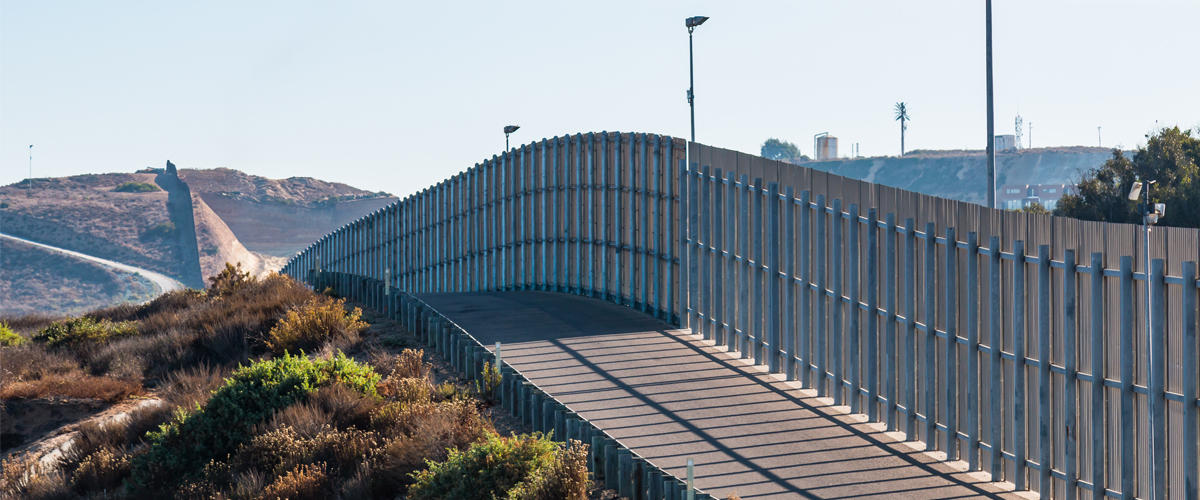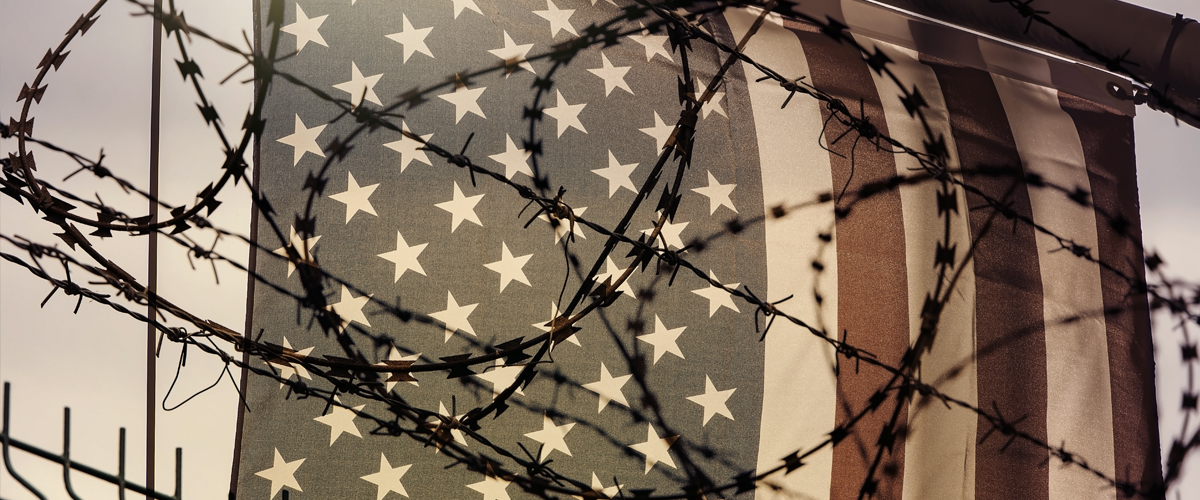Changing state marijuana laws have led to significant reductions in marijuana smuggling at the U.S. border with Mexico.
Expanding marijuana legalization in the United States has significantly reduced marijuana smuggling over the southern border, according to a new analysis from the Cato Institute.
First reported by Tom Angell for Forbes, the analysis examined Border Patrol marijuana seizures between 2003 and 2018 and found that marijuana seizures started to fall sharply once Colorado and Washington became the first U.S. states to sell legal marijuana to adults in 2014.
The drop in marijuana seizures continued through 2018 as more state-legal markets launched. There are now 10 U.S. states that have legalized recreational use, and several more are expected to do so in the coming year.
“State-level marijuana legalization has significantly undercut marijuana smuggling,” wrote David Bier, immigration policy analyst at the Cato Institute.
“Based on Border Patrol seizures, smuggling has fallen 78 percent over just a five-year period. Because marijuana was the primary drug smuggled between ports of entry, where Border Patrol surveils, the value of the agency’s seizures overall – on a per-agent basis – has declined 70 percent,” he added.
The report’s findings uphold the argument by cannabis advocates that legalization is effective at combating the illegal market. They suggest that U.S. cannabis consumers prefer to buy marijuana that comes from legal, licensed producers and distributors.
Previous research also suggests that marijuana legalization can lead to less business for cartels and a subsequent reduction in violence associated with smuggling in states that border Mexico.
Marijuana legalization in the U.S. has also led to a notable drop in the number of marijuana fields discovered and destroyed by officials in Mexico.

Marijuana Legalization Compared to Border Fencing
In the Cato Institute analysis, legalization of cannabis showed to be even more effective against smuggling than a border fence.
Researchers looked at cannabis seizures in relation to the construction of border fencing along the U.S. southern border and the number of Border Patrol agents between 2003 and 2018, and found that seizures were largely consistent from 2003 to 2013. It wasn’t until the first legal marijuana launched that seizures began to drop.
“Given these trends, a border wall or more Border Patrol agents to stop drugs between ports of entry make little sense,” wrote Bier.
“State marijuana legalization starting in 2014 did more to reduce marijuana smuggling than the doubling of Border Patrol agents or the construction of hundreds of miles of border fencing did from 2003 to 2009,” he added.
Bier went on to add:
“From FY 2003 to FY 2009, Border Patrol doubled its workforce and constructed hundreds of miles of fences, yet this increased enforcement did not reduce marijuana smuggling. Each agent annually seizure virtually the same quantity of marijuana through 2013, indicating roughly the same overall inflow of the illegal substance.”
You can read the full analysis from the Cato Institute, “How Legalizing Marijuana Is Securing the Border: The Border Wall, Drug Smuggling, and Lessons for Immigration Policy,” here.
Marijuana Legalization in the U.S.
In addition to the 10 states that have legalized recreational marijuana, 32 permit its use for medical purposes. Learn where marijuana is legal in the U.S. by visiting our education page.
Keep up with the growing legal cannabis industry through our news page or by connecting with us on Facebook and Twitter.






